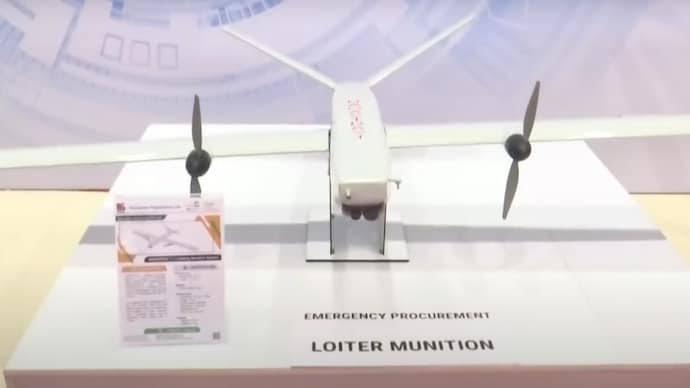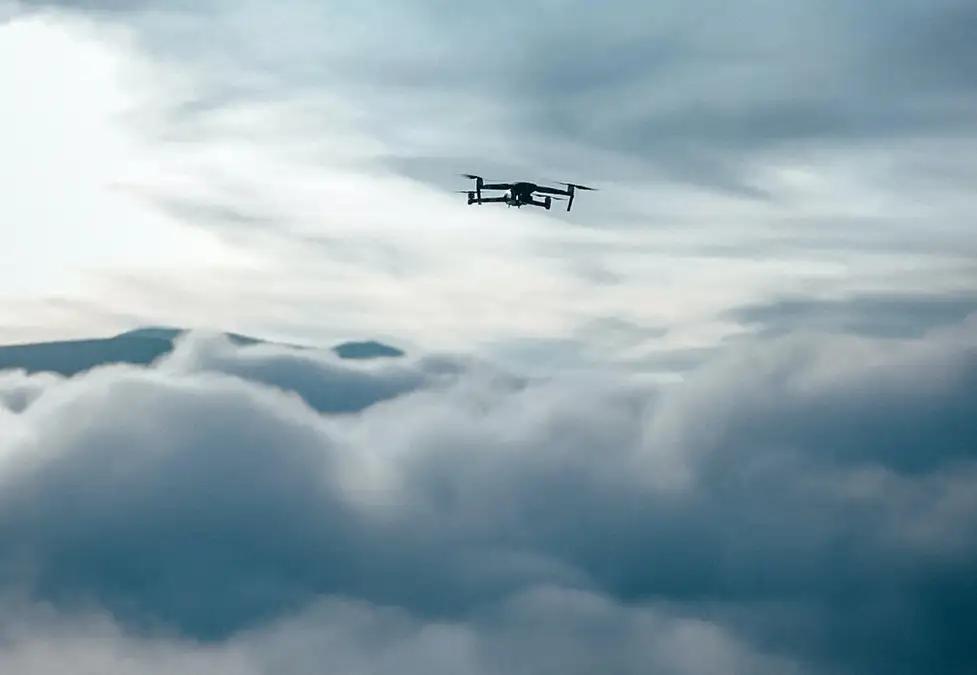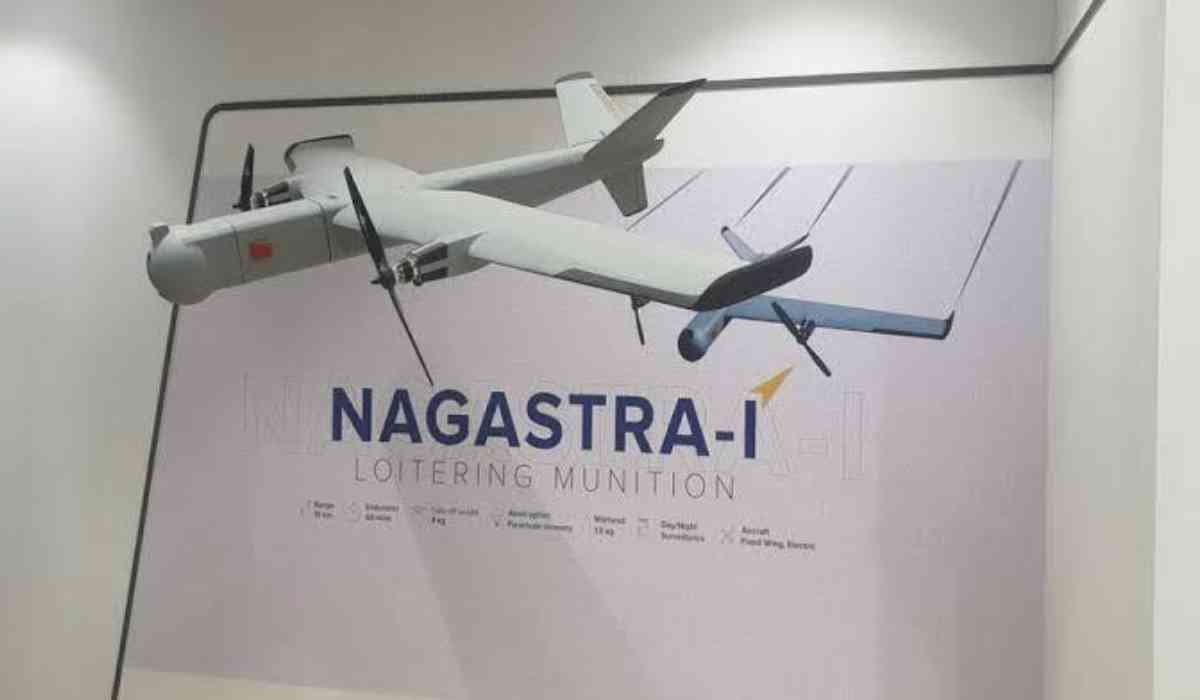The Indian Army has received its first indigenous loitering munition, the Nagastra-1, developed by Solar Industries, based in Nagpur.
The Army placed an order for 480 units of the Nagastra-1 with Economics Explosives Ltd (EEL), a wholly-owned subsidiary of Solar Industries, under the Emergency Procurement Powers.
The first batch of 120 units was delivered to the ammunition depot at Pulgaon following a successful Pre-Delivery Inspection (PDI) conducted from May 20-25.
The induction of the Nagastra-1 is expected to significantly enhance the Indian Army's operational capabilities, providing advanced loitering munition technology developed entirely within the country.

What is Nagastra-1
Nagastra-1 is the country’s first indigenous weapon in its class. This advanced fixed-wing electric UAV (Unmanned Aerial Vehicle) is designed to hover in the air and strike targets with precision when they arrive.
Nagastra-1 features a "kamikaze mode," enabling it to execute GPS-enabled precision strikes with an accuracy of up to two metres. This level of accuracy ensures that Nagastra-1 can neutralise hostile threats with minimal collateral damage.
The electric propulsion system of the UAV provides a low acoustic signature, rendering it almost undetectable at altitudes exceeding 200 metres, enhancing its stealth in hostile environments.
Designed as a man-portable system, Nagastra-1 is highly versatile. It has an endurance of 30 minutes, with a man-in-loop control range of 15 km and an autonomous mode range of 30 km. This allows it to be operated manually for close-range missions or autonomously for extended operations.
The UAV can fly at altitudes over 4,500 metres, making it undetectable by radar and providing a strategic advantage in aerial surveillance and attack missions.

Equipped with advanced day and night surveillance cameras, Nagastra-1 is capable of continuous monitoring and target acquisition in all lighting conditions. It carries a 1 kg high-explosive fragmentation warhead, specifically designed to neutralise soft-skin targets. This makes it effective against a variety of threats, including personnel and lightly armoured vehicles.
One of the standout features of Nagastra-1 is its ability to abort missions if necessary. It can be safely retrieved and reused. If a target is not detected or if the mission is aborted, Nagastra-1 can return and make a soft landing using its parachute recovery mechanism.
Nagastra-1 is a product of over 75 percent indigenous content, developed in collaboration with Z-Motion Autonomous Systems Pvt Ltd, Bengaluru. The complete system, including a ground control station, communication control, payload, and pneumatic launcher, is split across two rucksacks, making it man-portable with a total weight of 30 kg. This design ensures that the system can be easily transported and deployed in various terrains.
The success of Nagastra-1 is particularly relevant in the context of recent global conflicts in regions such as Armenia, Azerbaijan, Syria, Saudi Arabia, Russia, and Ukraine, where drones have played a crucial role. For India, the rise in drone-related incidents along its northern borders highlights the need for indigenous solutions like Nagastra-1 to enhance its defence capabilities.

Conclusion
This is a major achievement in India's push for self-reliance in defence technology. Nagastra-1's successful developmen represents a significant leap forward in India’s defense technology, combining precision, stealth, and versatility in a single, indigenously developed system.
With inputs from agencies
Image Source: Multiple agencies
© Copyright 2024. All Rights Reserved Powered by Vygr Media.





















